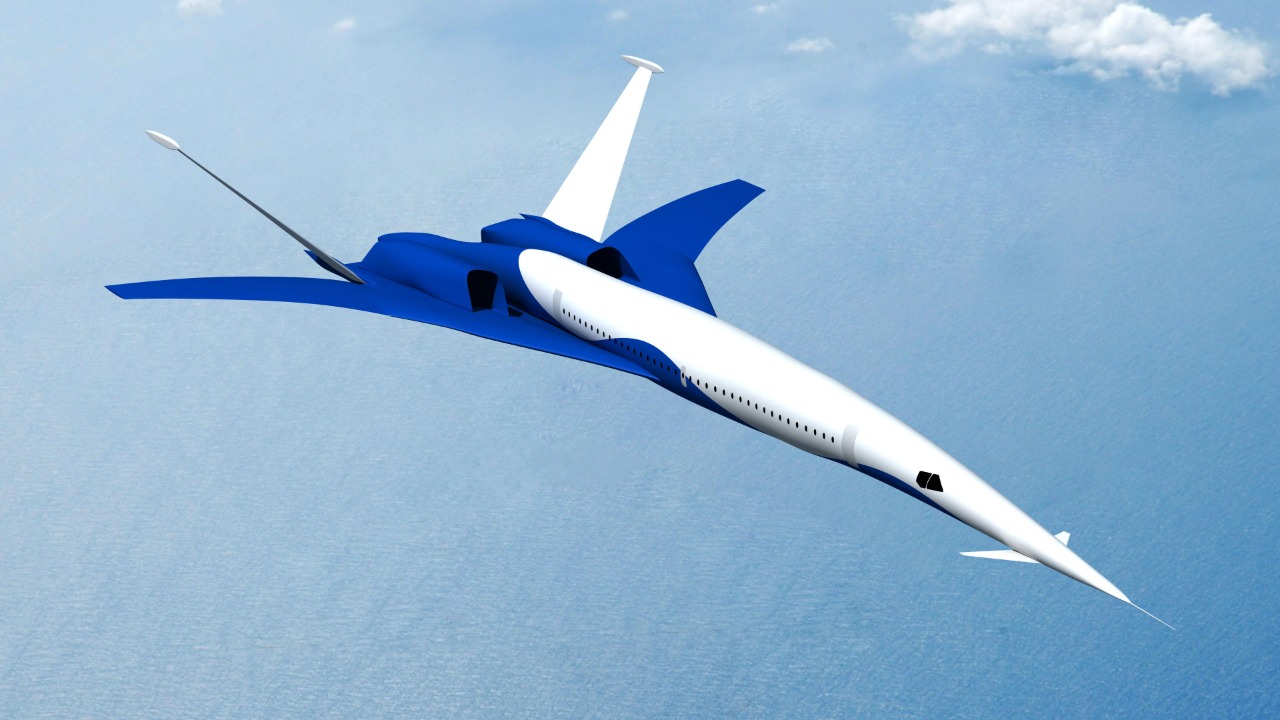
Throughout aviation history, several ambitious jet projects have been canceled, yet their innovations continue to influence modern aircraft. Examining these projects offers insights into how past designs shape future possibilities, from commercial supersonic travel to cutting-edge military technology.
Concorde
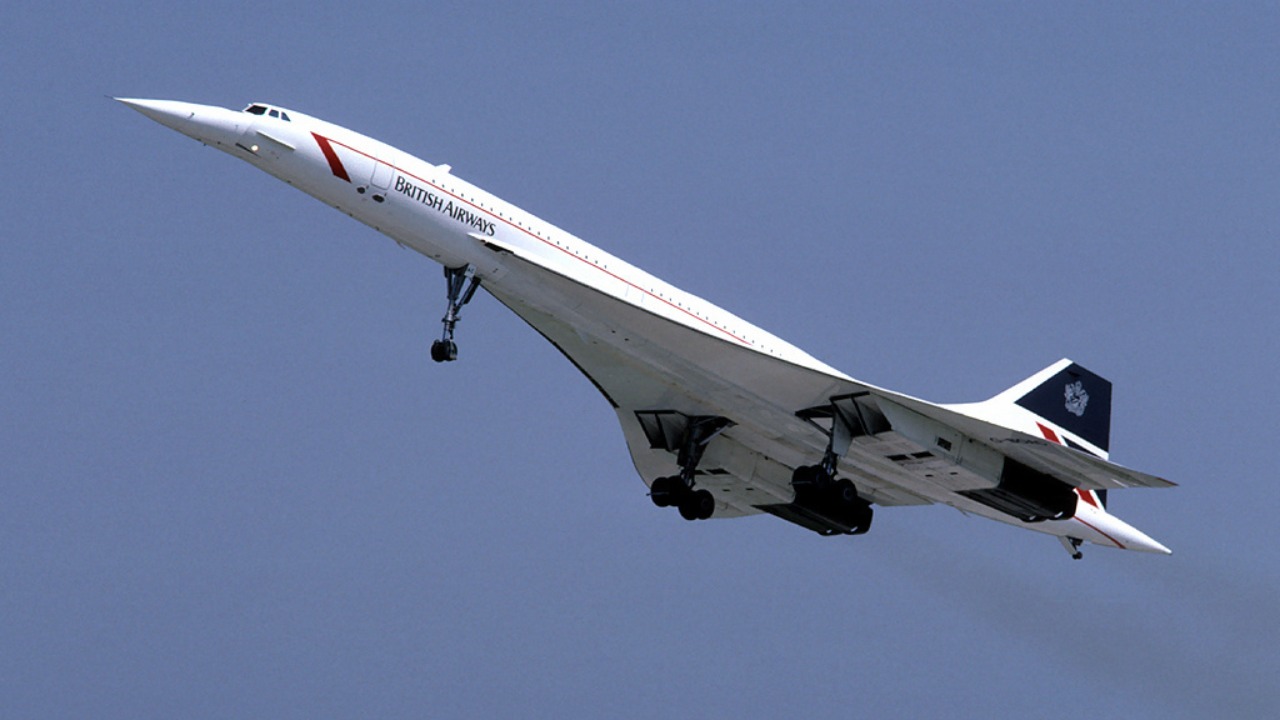
The Concorde, a marvel of its time, was the result of a joint effort between the United Kingdom and France. Despite its commercial failure, largely due to high costs and environmental concerns, the Concorde still inspires today’s supersonic travel ambitions. Its sleek, delta-wing design, and ability to cruise at Mach 2 have paved the way for modern efforts to revive supersonic passenger flights.
While the Concorde ceased operations in 2003, its legacy lives on in the efforts of companies like Boom Supersonic, which aims to create a new generation of supersonic jets. The lessons learned from the Concorde’s operational challenges are being used to address issues of noise and fuel efficiency, critical for the next era of high-speed travel.
Boeing Sonic Cruiser
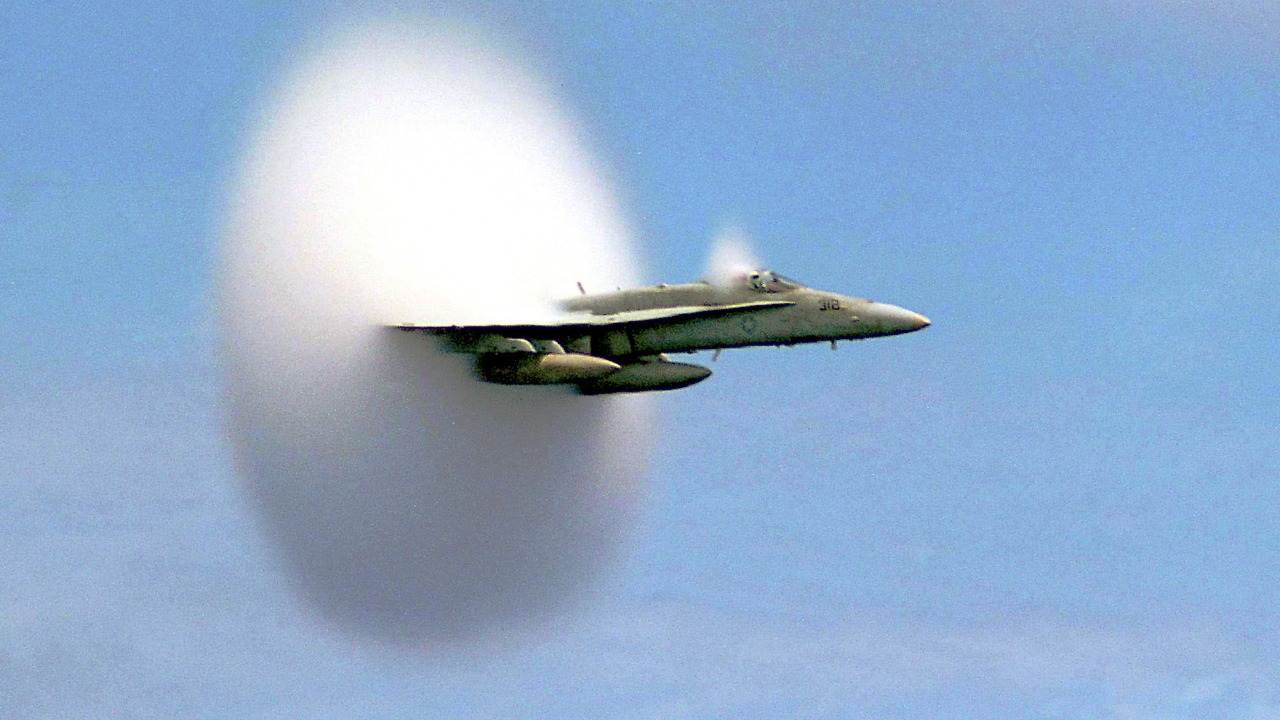
The Boeing Sonic Cruiser was a bold attempt to revolutionize air travel in the early 2000s. Designed to fly just below the speed of sound, the Sonic Cruiser was ultimately canceled in favor of the more conventional Boeing 787 Dreamliner. However, its innovative design concepts, such as advanced aerodynamics and fuel efficiency, are echoed in today’s aircraft development.
One of the Sonic Cruiser’s lasting impacts is its influence on the use of advanced composite materials and aerodynamic efficiencies, which have become standard in modern aircraft design. While it never took to the skies, the Sonic Cruiser showed the industry new ways to think about speed and efficiency.
Northrop YB-49
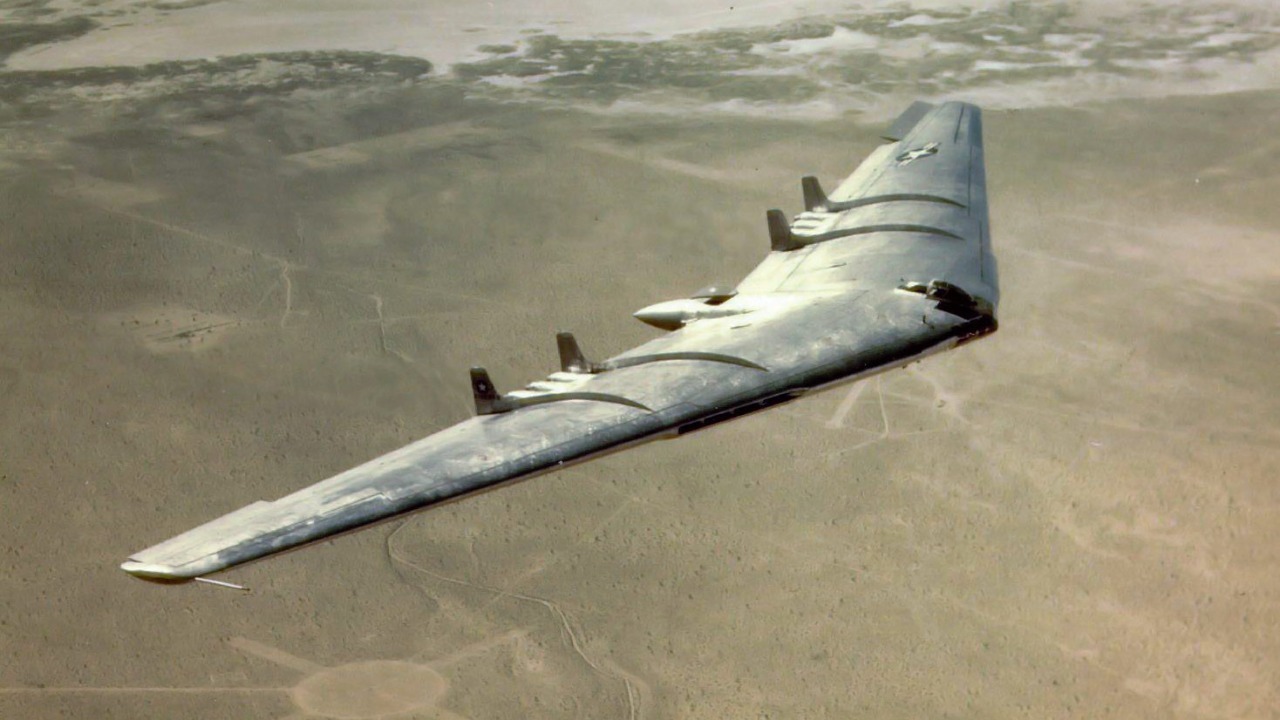
The Northrop YB-49 was a pioneering flying wing bomber developed in the late 1940s. Although it was never put into production, its design significantly influenced the development of modern stealth aircraft like the B-2 Spirit. The YB-49’s unique shape minimized radar detection, a concept that has become crucial in the design of modern military aircraft.
Despite the project’s cancellation, the YB-49’s legacy continues to impact stealth technology. Its groundbreaking design principles are evident in the development of advanced military aircraft that prioritize stealth and efficiency, shaping how defense forces approach aerial dominance in today’s world.
Lockheed L-2000
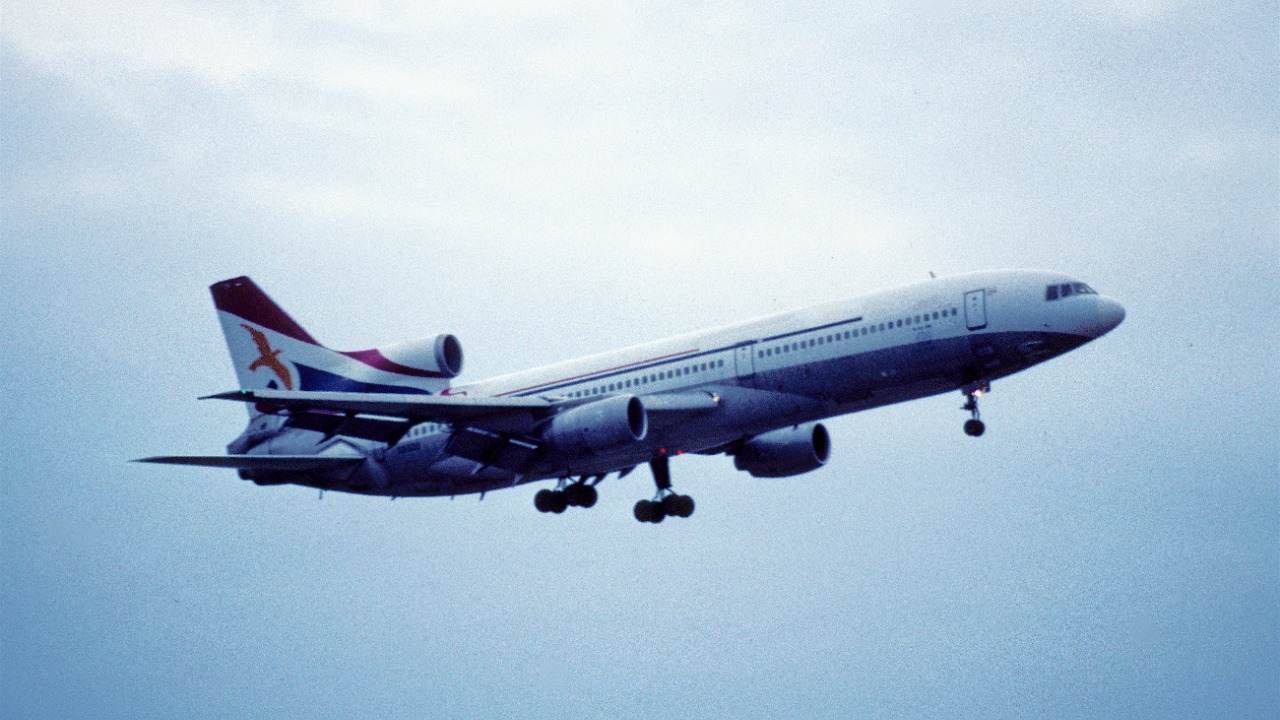
The Lockheed L-2000 was a proposed supersonic transport that competed with the Concorde in the 1960s. Although the project was eventually shelved, its innovative design and technical challenges provided valuable insights for future supersonic projects. The L-2000 aimed to achieve higher speeds and longer ranges than its competitors, pushing the boundaries of what was technically possible at the time.
Many of the aerodynamic and structural concepts from the L-2000 continue to influence modern aerospace engineering. As the aviation industry revisits supersonic travel, the lessons learned from the L-2000’s development are being applied to overcome the challenges of noise, emissions, and economics.
McDonnell Douglas MD-12
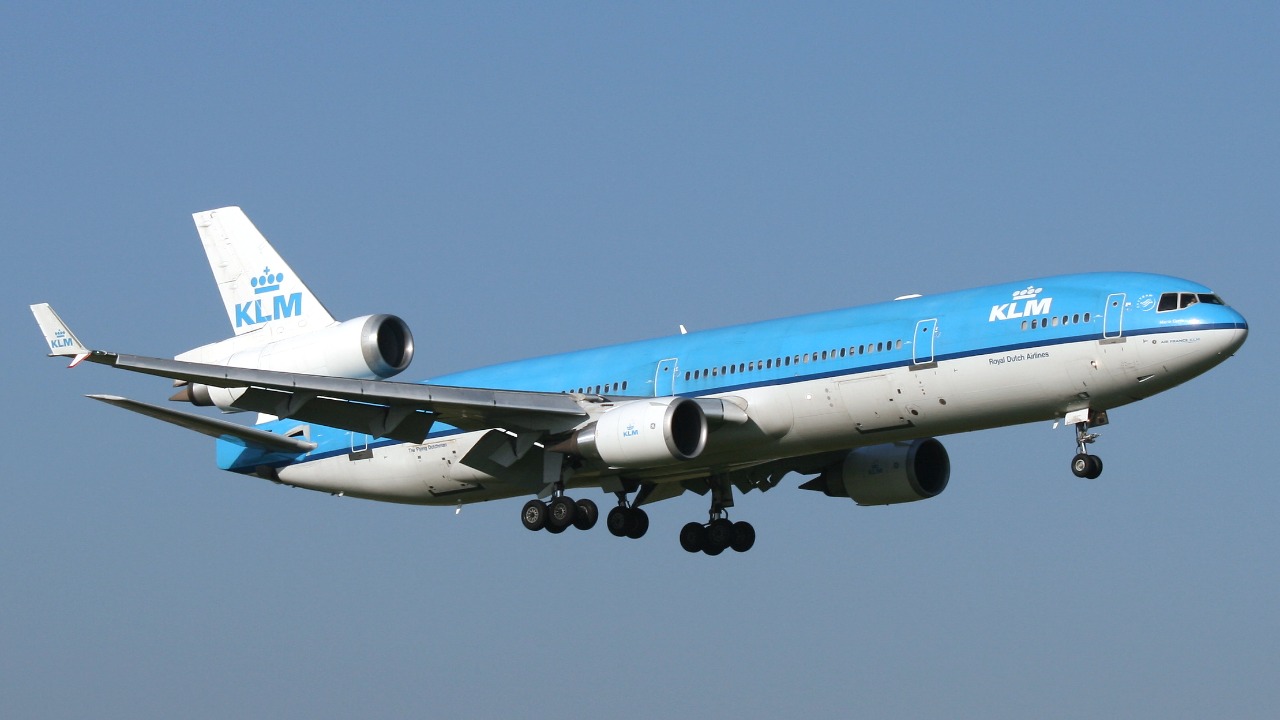
The McDonnell Douglas MD-12 was an ambitious project aimed at creating a double-decker jumbo jet to compete with the Airbus A380. Although it never made it past the design phase, the MD-12’s concept of maximizing passenger capacity and efficiency remains relevant. Its ideas are reflected in modern aircraft that prioritize comfort and efficiency for long-haul flights.
The MD-12’s vision of a spacious, efficient airliner has influenced the design of larger commercial jets, prompting innovations in cabin design and fuel management. While the project was canceled, its ambitious goals continue to inspire the development of new generations of airliners. For further insights into aviation history, the Grumman A-6 Intruder also provides interesting lessons.
Avro Canada CF-105 Arrow
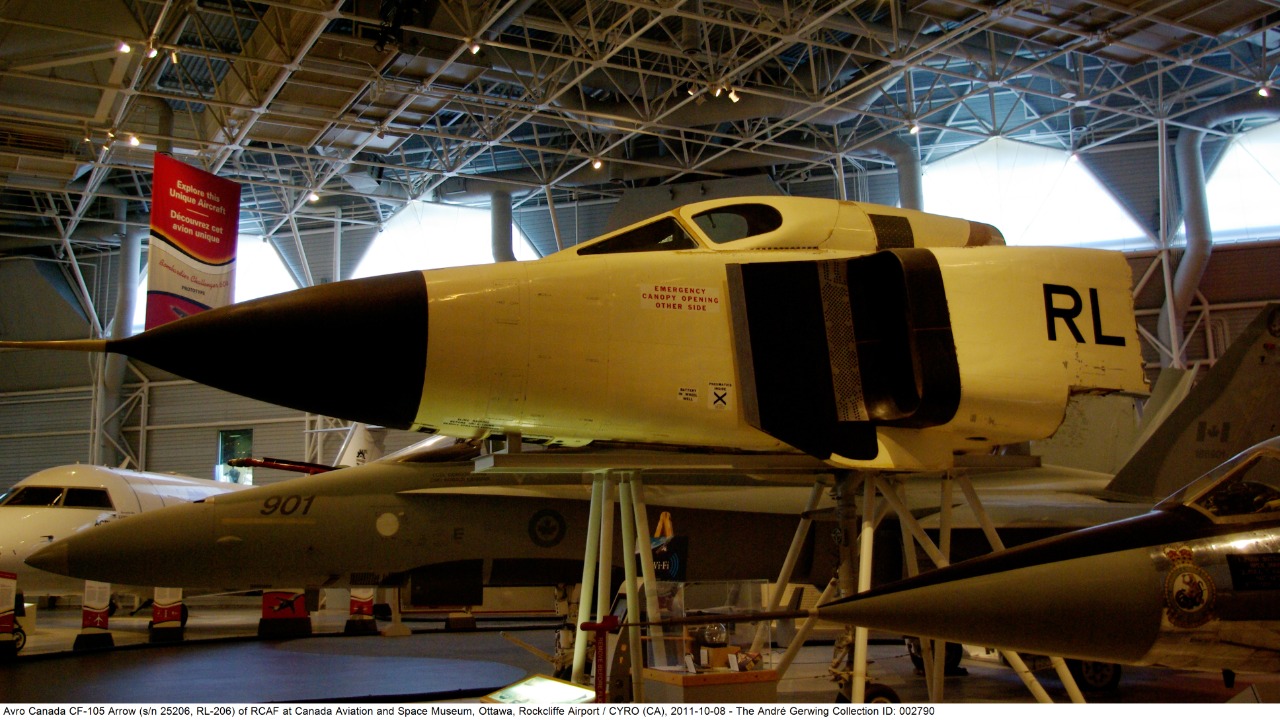
The Avro Canada CF-105 Arrow was a cutting-edge fighter jet designed in the 1950s, canceled amidst political and economic pressures. Despite its premature end, the Arrow has become a symbol of Canadian innovation and engineering prowess. Its advanced design, capable of reaching speeds over Mach 2, influenced future aircraft developments.
Today, the Arrow’s legacy is seen in Canada’s ongoing contributions to aerospace technology, including their involvement in projects like the F-35 fighter jets. Its story is a reminder of the potential impact of advanced aeronautical engineering and the importance of maintaining technological momentum in the face of challenges. Learn more about Canada’s current aviation efforts in this article on F-35 fighter jets.